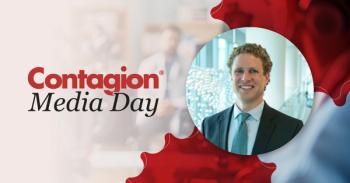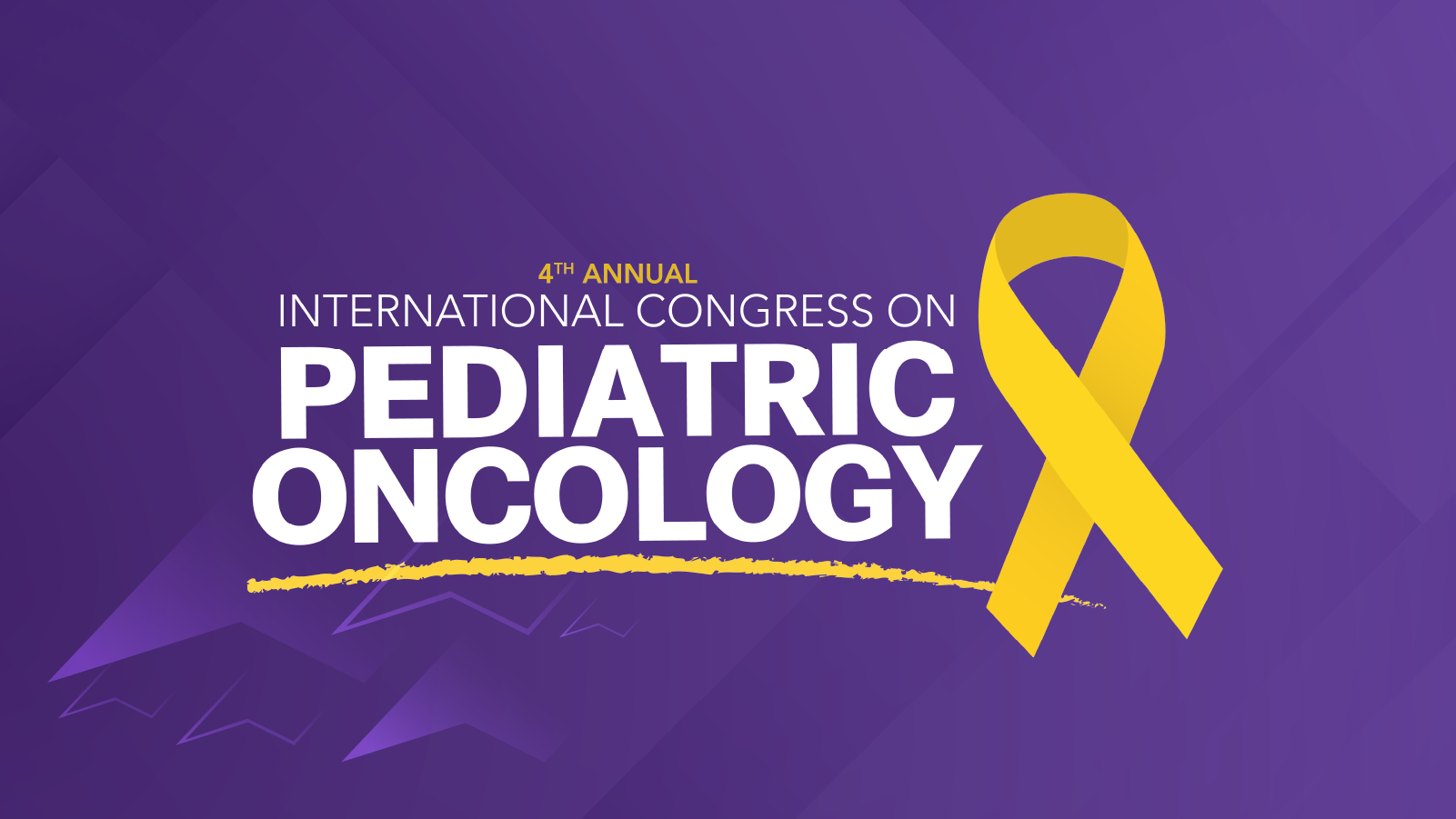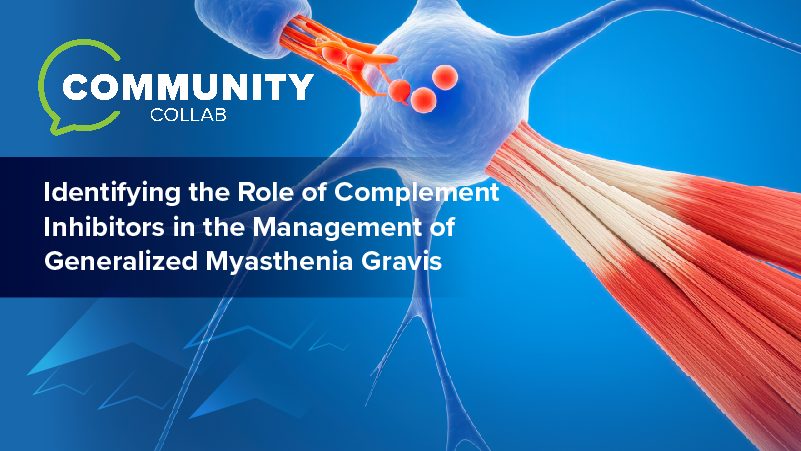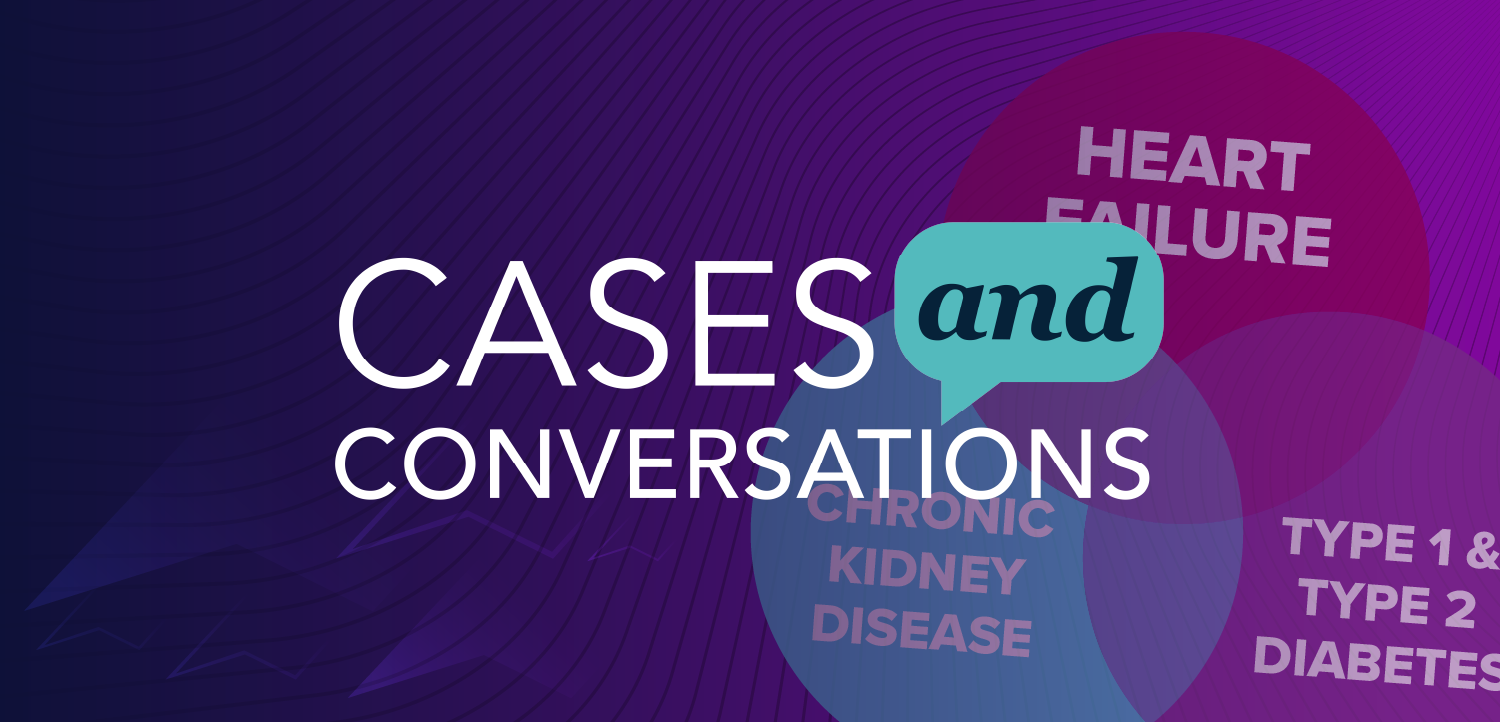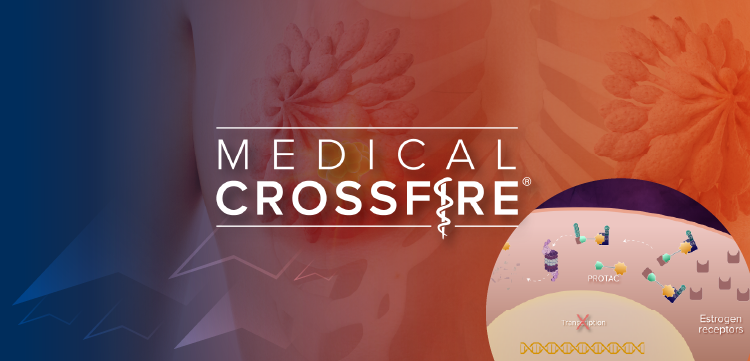
Pandemic Influenza Top of Mind for CDC Director
Thomas Frieden, MD, MPH, director of the CDC, and Susan Desmond-Hellmann, MD, chief executive of the Bill and Melinda Gates Foundation discuss how governments and business organizations should prepare for pandemics, especially a potential influenza pandemic.
It may not make for the hottest of headlines in the mainstream press, but Thomas Frieden, MD, MPH, director of the Centers for Disease Control and Prevention (CDC) was right to cite pandemic influenza as the infectious disease that “worries [him] the most”—at least if you go by the statistics.
Dr. Frieden made the statement in response to questions that had been asked for a recent
In light of all the headlines this summer regarding the Zika virus epidemic in Brazil, the Caribbean, and
“Bill Gates has said there are really only two things that could kill 10 million people around the world: Nuclear war and a biological event, either intentional or natural,” he told the paper. “It has happened before—in 1918 and 1919, 50 million to 100 million people were killed. Even the 1957 influenza pandemic, which most people haven’t heard of, cost 3% of the world’s gross domestic product … We don’t know when the next one will come, where it will come from or what it will be. But we’re certain there will be a next one.”
Although the United States is not currently experiencing an influenza pandemic—in fact, seasonal flu
In comparison, Zika virus has, to date, been
Speaking to The Wall Street Journal regarding another threat of global proportion, Dr. Desmond-Hellman stated, “What we learned from Ebola is that there are a couple things that are underutilized and not ready. One is governance. Who makes the call when things happen? The second thing is having the right tools, which is why global health research-and-development is a big focus of our foundation. And the last thing is, even though the world is worried about something really super scary … we all saw last summer how something like Zika, which wasn’t thought to be a big threat, actually is a particular threat for women who can get pregnant because it causes a catastrophic birth defect … So understanding these new pathogens, understanding what we need to do from a governance standpoint, and having tools, starting with diagnostics so we can spot new pathogens, are a big focus.”
Brian P. Dunleavy is a medical writer and editor based in New York. His work has appeared in numerous healthcare-related publications. He is the former editor of Infectious Disease Special Edition.
Newsletter
Stay ahead of emerging infectious disease threats with expert insights and breaking research. Subscribe now to get updates delivered straight to your inbox.


